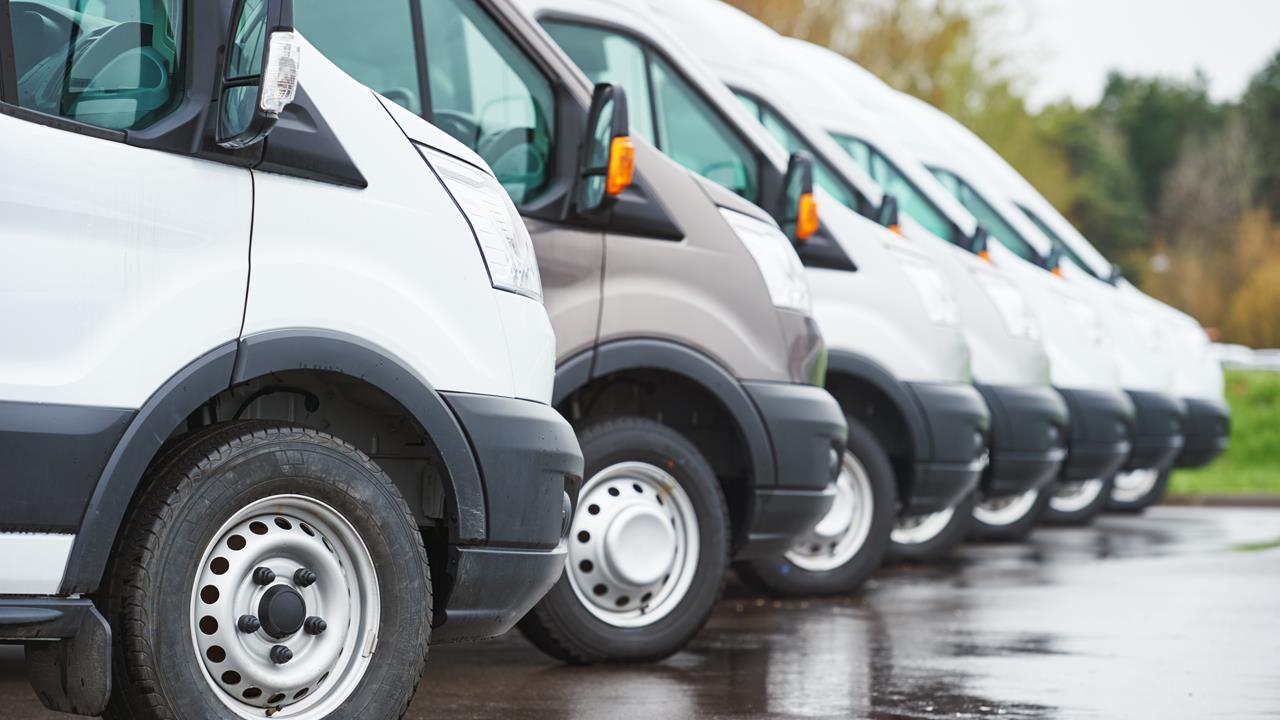

Scott Chesworth, Operations Director at RAM Tracking, explains how vehicle tracking systems can help plumbing and heating business manage installers on the road during the busy season.
As autumn and winter creep ever closer, plumbing and heating installers must ensure they are prepared to deal with the surge of work that often comes with the colder weather. However, in times of high demand, prioritising customer service is still essential, and tradespeople must prepare to ensure they make the most of heightened demand.
So, how can plumbing and heating engineers put systems in place to deliver excellent customer service, while boosting their bottom line?
The autumn season marks the busiest time of the year for the plumbing and heating industry, as customers’ attentions turn to ensuring their pipework and heating systems are in tip-top condition for the colder months.
For installers who manage this increased demand carefully, the period can prove particularly lucrative and a chance to forge valuable long-term relationships with customers. However, without careful planning, slow response times can cause service levels to suffer, potentially damaging the business’ all-important reputation.
In the peak autumn/winter period, a key priority for the majority of plumbing and heating professionals will be to maximise the use of their available resources. While installers will always aim to reach jobs as quickly as possible, it goes without saying that they don’t possess an infinite number of vehicles, and some issues will inevitably take longer to resolve than others.
Vehicle tracking systems can help owner-managers to drive efficiencies within their fleet by providing accurate, real time data about driver locations. For example, in the event of an emergency callout relating to a broken boiler or frozen pipe, operators can keep the customer’s waiting time down by sending out the nearest person to the job.
Information about driver locations can also be used to check when individuals are arriving to jobs, allowing preventable incidents of lateness to be addressed before they’re able to impact productivity levels.
Using GPS technology, route optimisation also enables installers to reach customers quickly by ensuring the fastest or most direct route is taken to a callout. By providing information about areas of traffic congestion in advance, vehicle telematics systems allow contractors to avoid time spent idling in stationary traffic.
In addition to the commercial benefits associated with rapid response times, this data helps to save fuel and valuable time for the business, which can be spent assisting other customers.
At times of increased pressure for the industry, drivers may be more likely to speed, or exhibit other types of unsafe driving behaviour. GPS technology can help companies to combat this by keeping a close eye on a vehicle’s location, distance covered, and time.
As such, any speeding incidents committed by drivers in a fleet will result in the fleet manager receiving an instant alert, detailing where the behaviour took place. Keeping track of this information over time can help to provide businesses with useful insights into driver behaviour, and particular patterns that need to be addressed. For example, are more speeding incidents occurring during the busy autumn/winter period compared to the rest of the year?
The power of negative online reviews should not be underestimated, and delays in reaching a customer callout could ultimately cost plumbing businesses in the long-term. In the worst case scenario, unwanted delays during cold weather could even cause further damage to customers’ homes, or leave vulnerable people facing a lack of heating when they need it most.
By making the most of fleet tracking technology, the plumbing and heating sector can drive maximum value from its busiest period of the year, resulting in a network of happy customers and a valuable boost to the bottom line.
If you'd like to keep up-to-date with the latest developments in the heating and plumbing industry, why not subscribe to our weekly newsletters? Just click the button below and you can ensure all the latest industry news and new product information lands in your inbox every week.